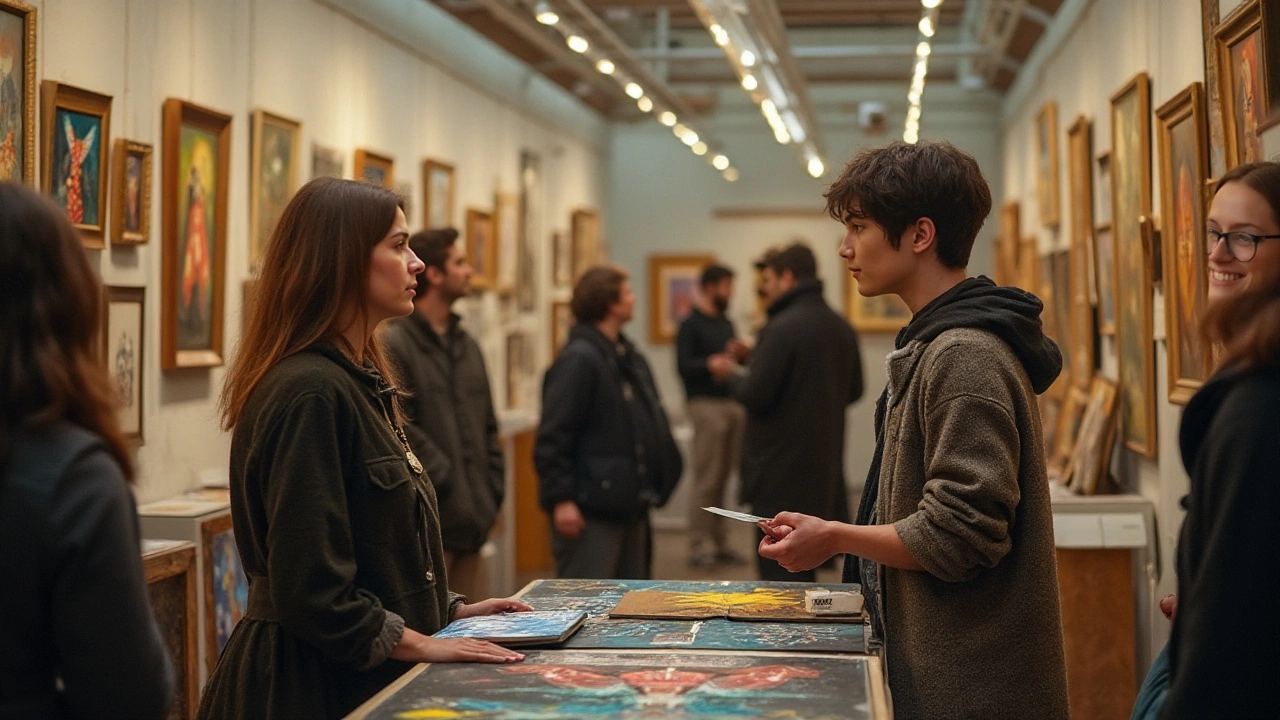Artist Fees: Understanding How Much Artists Charge
Thinking about hiring an artist but not sure what you’ll pay? You’re not alone. Fees can feel like a mystery, especially when every project looks different. This guide breaks down the main factors that shape an artist’s price, gives you real‑world numbers for common work, and shares simple tips to keep the process smooth.
What Determines an Artist’s Fee?
First, look at the artist’s experience. A newcomer might charge a few hundred pounds for a portrait, while a seasoned professional can ask several thousand. Reputation matters – if the artist has exhibited in galleries or has big‑name clients, expect higher rates.
Second, consider the type of work. A small pencil sketch costs less than a full‑size oil portrait. Medium, size, and detail level all add up. For example, a 30 × 40 cm oil painting often starts around £800, whereas a large 70 × 100 cm canvas can easily top £2,500.
Third, factor in time and materials. Artists need to cover canvas, paint, studio rent, and the hours they spend planning, sketching, and finishing. Some artists include these costs in a flat fee; others add a material surcharge.
Location also plays a role. Artists based in London typically charge more than those in smaller towns because of higher living costs. However, you can still find great talent outside the capital – just be clear about travel fees if the project requires on‑site work.
Tips for Getting the Best Value
Start with a clear brief. The more detail you give – size, style, deadline – the easier it is for the artist to give an accurate quote. Vague requests often lead to extra revisions and hidden costs.
Ask for a price breakdown. A good artist will explain how much is for labour, materials, and any extra services like framing. This transparency helps you compare offers fairly.
Consider a small trial piece. A quick sketch or study can confirm the artist’s style matches your vision before you commit to a larger, pricier work.
Negotiate wisely. It’s fine to ask if the artist can adjust the scope to fit your budget – maybe a smaller canvas or fewer revisions. Never push for a discount that undervalues the artist’s skill; a modest compromise works best for both sides.
Finally, protect both parties with a simple contract. Outline the agreed fee, payment schedule (often a deposit up front), timeline, and delivery format. This avoids misunderstandings and keeps the project on track.
Whether you’re commissioning a portrait, a mural, or a digital illustration, understanding these basics makes the fee conversation less intimidating. Use this knowledge to ask the right questions, compare realistic quotes, and choose an artist who delivers value without surprise charges.

4 Dec 2024
Understanding the commission rates taken by galleries is crucial for artists planning to showcase their work. These rates can vary widely, typically ranging from 40% to 60%, but several factors influence these numbers. This article explores what determines the cut galleries take, how it impacts artists, and offers insights on navigating these financial agreements effectively. Artists can learn to negotiate terms and maximize exposure and profit from gallery partnerships.
Continue reading...
